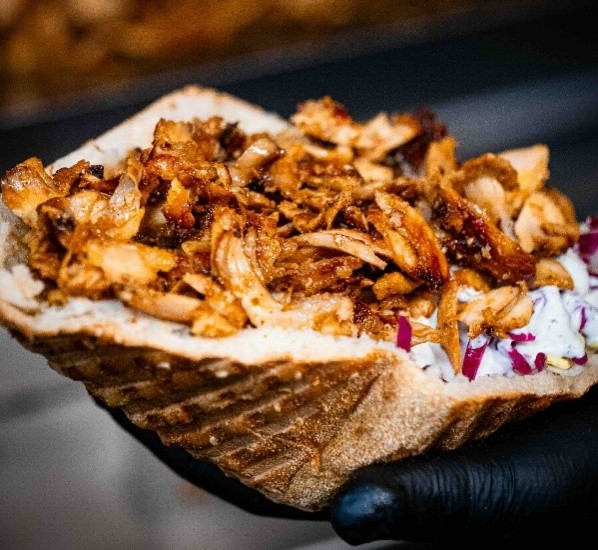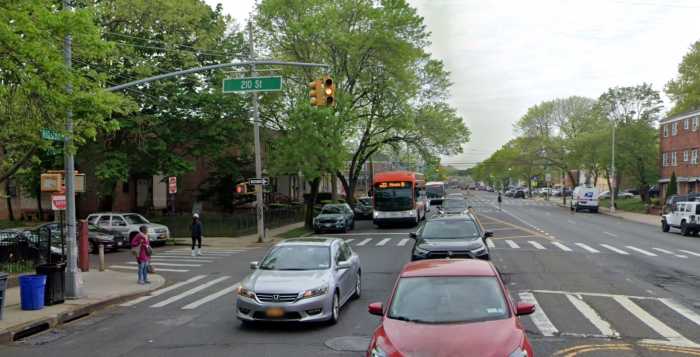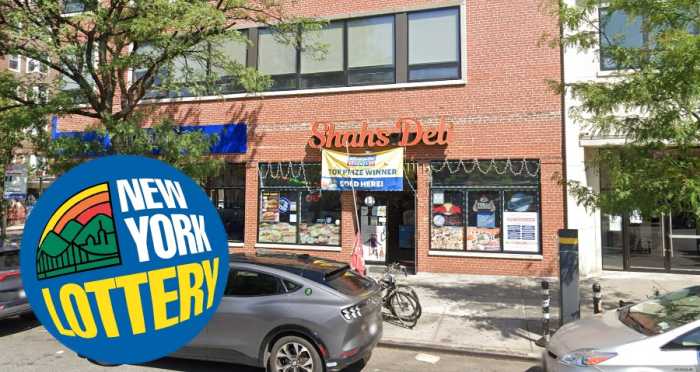By Kathianne Boniello
New data released last week by the state Education Department analyzed fourth-grade and eighth-grade test scores by racial group, revealing a wide gap among Queens students with Asians at the top and blacks at the bottom.
The state agency reformatted last year’s test scores in terms of racial groups to track the performance of white, black, Asian and Hispanic students as well as some other smaller populations across the state.
Throughout Queens, the borough with the most overcrowded classrooms in the city, Asian students outperformed their counterparts by a wide margin in nearly every district, while black students had the lowest passage rates of the four groups.
The racial gap appeared to be similar in both English and math exam scores, the Education Department said, and was similar in each of Queens’ seven school districts.
State data shows that School District 26 in Bayside, traditionally the top-performing district in the city, had the highest passage rates across-the-board in Queens, while School District 27 in Ozone Park had the lowest.
The state instituted new academic standards for schools three years ago which included new benchmark tests for fourth-graders and eighth graders, and a different evaluation system for those tests. Those standards were created to help raise achievement levels for all students in the state and are supposed to foster academic skills such as critical thinking.
Passage rates were redefined as the scoring for the new tests was reshaped. Scoring is divided into four levels, with levels 3 and 4 considered passing and levels 1 and 2 seen as failing.
In general, Asian students appeared to have the highest passage rates on state English and math exams, followed by whites, Hispanics and blacks.
The racial gap in Queens held true even in school districts where a minority group forms the majority of the student population.
The most glaring gap seemed to be in Rosedale’s School District 29 where, according to state figures, 74 percent of the student population is black, 12 percent is Hispanic, 11 percent is Asian and 1.4 percent is white.
Though black students make up the vast majority in School District 29, they performed dismally on state tests, with only 37 percent of blacks passing the English exam and 27 percent passing the math test.
In comparison, 53 percent of whites passed the English exam, as did 56 percent of Asian students in the district. Hispanics students in District 29 had a 42 percent passage rate on the English test, still better than the district’s majority.
Math scores showed a similar gap: 54 percent of Asians passed the exam, as did 40 percent of whites and 33 percent of Hispanics.
—————
School District 24 in Glendale has a population similar in makeup to School District 29. In the western Queens district, 59 percent of students are Hispanic, 18 percent are Asian, while 17 percent are white and 3.7 percent are black.
Hispanic students in District 24 had worse passage rates than blacks in District 29, with 32 percent of Hispanics passing the English test and 25 percent passing the Math exam.
On the English exam, Asians in District 24 had a 56 percent passage rate, while 53 percent of whites and 33 percent of blacks passed the test. In math, 61 percent of Asians passed as did 50 percent of the white students and 24 percent of the black students in the district.
—————
Though School Districts 29 and 24 had wide racial gaps in their test scores, neither district performed as poorly as School District 27 in Ozone Park, which had the lowest passage rates in the borough.
In the racial mix in School District 27, 34 percent of students are black, 32 percent Hispanic, 19 percent Asian and 13 percent are white.
White students were the top performers in School District 27, but they had the lowest passage rate of any high scoring group in Queens, with just 53 percent passing the English exam and 49 percent passing math.
On the English exam, 44 percent of Asian students passed in School District 27 as did 32 percent of Hispanics and 27 percent of blacks.
In math, 46 percent of Asians passed in the district as did 27 percent of Hispanics and 19 percent of blacks.
—————
The racial performance gap continued for northeast Queens students and was evident in the generally high-scoring School District 26 in Bayside.
Asian students make up 46 percent of students in School District 26, while whites are 31 percent, Hispanics 12 percent and blacks 10 percent of the school population.
School District 26 and School District 25 in Flushing were the only districts in which the largest racial group in the district — Asians — also had the highest passage rates.
On the English exam, 76 percent of Asians passed as did 74 percent of whites, 61 percent of blacks and 58 percent of Hispanics.
The highest passage rate of any racial group on either test occurred in School District 26, where 81 percent of Asian students passed the math test. Asians were followed by whites with 71 percent, Hispanics with 53 percent and blacks with 49 percent.
In Flushing’s School District 25, 40 percent of students are Asian, while 25 percent are white, 25 percent are Hispanic and 7.6 percent are black.
On the English exam Asians and whites in District 25 each had a 64 percent passage rate, while Hispanics had a 46 percent passage rate and blacks had a 38 percent passage rate.
In math, 70 percent of Asians passed as did 59 percent of whites, 37 percent of Hispanics and 26 percent of black students.
—————
In School District 30 in Jackson Heights, 52 percent of the students are Hispanic, 22 percent are Asian, 14 percent are white and 11 percent are black, but Hispanics were still outperformed.
On the English test, 58 percent of Asian students in District 30 passed, as did 56 percent of whites, 37 percent of Hispanics and 30 percent of blacks.
In math, 65 percent of Asians passed along with 54 percent of whites, 35 percent of Hispanics and 24 percent of blacks.
—————
School District 28 in Forest Hills, Jamaica and Richmond Hill fell in the racial test score gap as well.
In the district, 31 percent of students are black, 25 percent are Asian, 24 percent are Hispanic and 18 percent are white.
On the English exam, 62 percent of whites in School District 28 passed as did 61 percent of the Asian students, 43 percent of the Hispanic students and 35 percent of the black students.
In math, 65 percent of the Asian students in District 28 passed, as did 61 percent of the white students, 36 percent of the Hispanic students and 27 percent of the blacks.
Reach reporter Kathianne Boniello by e-mail at Timesledgr@aol.com or call 229-0300, Ext. 146.



































